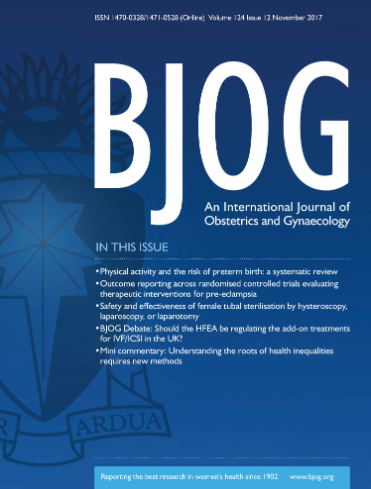Systematic Review of Clinical Prediction Models for the Risk of Emergency Caesarean Births
Abstract
Background
Globally, caesarean births (CB), including emergency caesareans births (EmCB), are rising. It is estimated that nearly a third of all births will be CB by 2030.
Objectives
Identify and summarise the results from studies developing and validating prognostic multivariable models predicting the risk of EmCBs. Ultimately understanding the accuracy of their development, and whether they are operationalised for use in routine clinical practice.
Search Strategy
Studies were identified using databases: MEDLINE, CINAHL, Cochrane Central and Scopus with a search strategy tailored to models predicting EmCBs.
Selection Criteria
Prospective studies developing and validating clinical prediction models, with two or more covariates, to predict risk of EmCB.
Data Collection and Analysis
Data were extracted onto a proforma using the Prediction model Risk Of Bias ASsessment Tool (PROBAST).
Results
In total, 8083 studies resulted in 56 unique prediction modelling studies and seven validating studies, with a total of 121 different predictors. Frequently occurring predictors included maternal height, maternal age, parity, BMI and gestational age. PROBAST highlighted 33 studies with low overall bias, and these all internally validated their model. Thirteen studies externally validated; only eight of these were graded an overall low risk of bias. Six models offered applications that could be readily used, but only one provided enough time to offer a planned caesarean birth (pCB). These well-refined models have not been recalibrated since development. Only one model, developed in a relatively low-risk population, with data collected a decade ago, remains useful at 36 weeks for arranging a pCB.
Conclusion
To improve personalised clinical conversations, there is a pressing need for a model that accurately predicts the timely risk of an EmCB for women across diverse clinical backgrounds.
Trial Registration: PROSPERO registration number: CRD42023384439.


 求助内容:
求助内容: 应助结果提醒方式:
应助结果提醒方式:


